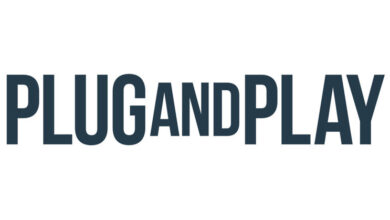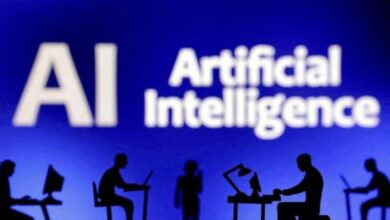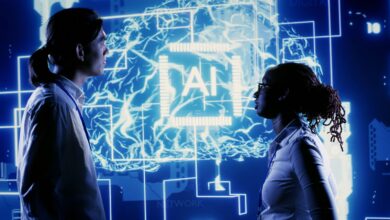AI Used to Find More Than 1,000 New Solar System Objects

“We were surprised to see such a large number of candidate objects,” study lead author Pablo García-Martín, a researcher at the Autonomous University of Madrid in Spain, said in a statement.
More than 11,000 citizen scientists have been reviewing images of the streaks since 2019 in a project known as Hubble Asteroid Hunter (HAH). Empowering citizen scientists in this way has helped astronomers who would otherwise have to comb through all of these images themselves.
For this study, researchers gave HAH members a group of Hubble images to review and then used those results to train an AI model to detect space rocks in the same manner. The AI model reviewed 37,000 Hubble images taken over a 19-year period and identified 1,701 candidates, with 1,031 that hadn’t been spotted before.
Not only are the asteroids themselves an exciting find, but their location is also noteworthy as it suggests that most of them belong to a single population within the asteroid belt. This supports the idea that the asteroids are fragments of larger asteroids that have collided and broken apart over billions of years.
“There was some hint that this population existed, but now we are confirming it,” García-Martín said. “This is important for providing insights into the evolutionary models of our solar system.”
Given how well the AI was able to identify the asteroids, astronomers are hoping to use similar methods to search through different types of archival datasets and discover more hidden space objects.



